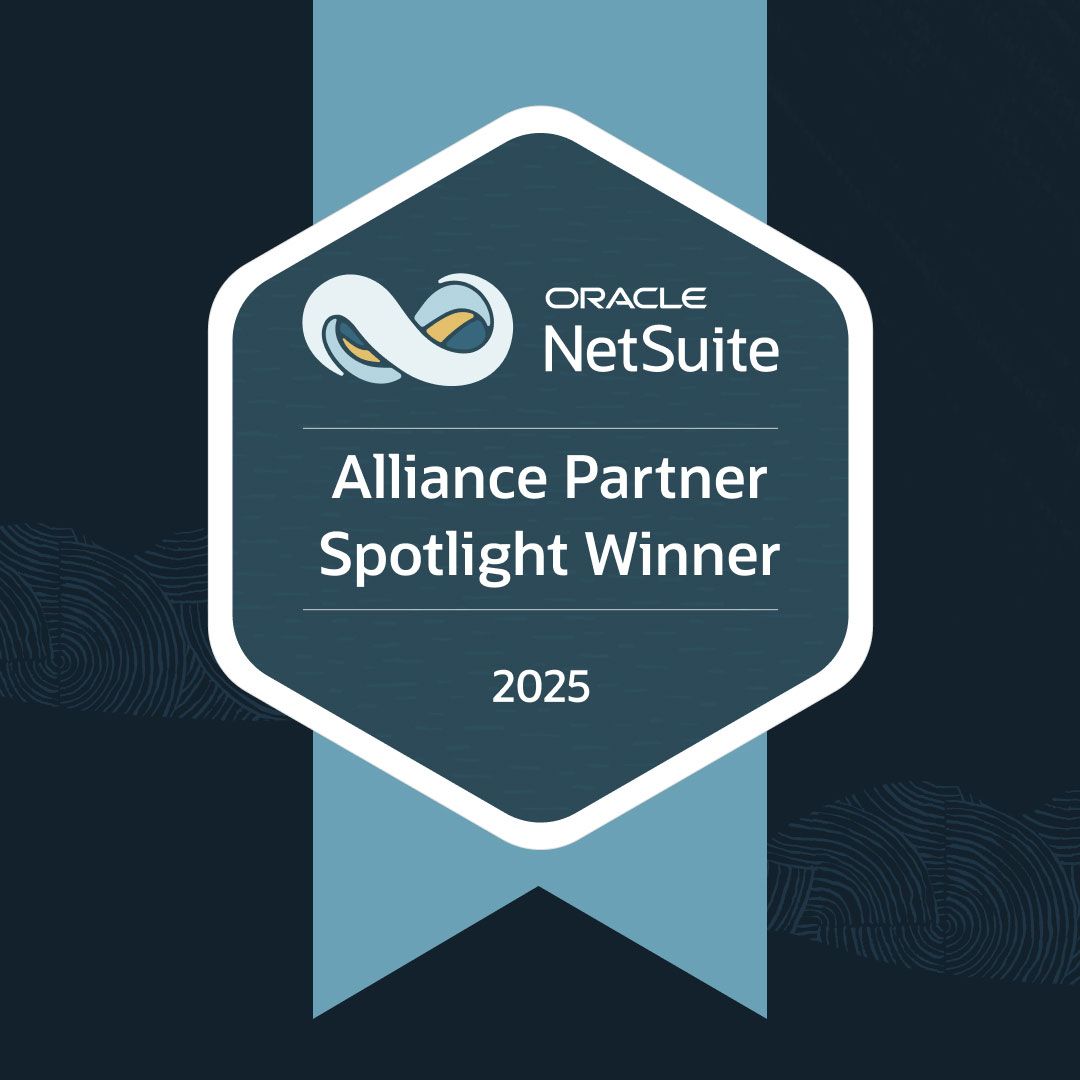A Guide to Going Public: 8 Tasks for Reaching IPO Readiness
Going public is a daunting process for any company, but it's manageable with the right people, controls, and software.
Many companies consider an Initial Public Offering (IPO) a significant milestone in business development. It creates an opportunity to raise capital, gain higher share valuation, grow brand awareness, and reduce corporate debt.
Going public isn’t easy, though, and it comes with risks. Companies must invest significant time and money to complete the IPO process, which can detract from other company goals. The process also opens them to public scrutiny, which some businesses would rather avoid.
That’s why IPO readiness is critical for companies bound for public trading. They must be prepared with the right people, processes, and technology to meet strict regulations. Otherwise, the public offering could fail.
This guide lists eight important IPO readiness tasks to help your company transition into public trading. We also highlight ways NetSuite Enterprise Resource Planning (ERP) software can help ease that journey and ensure success.
Our company partners with NetSuite to implement and customize the ERP for clients in various industries. Schedule a consultation with our experts and discover how the system can support IPO efforts and boost efficiency in all your business processes.

What Is an IPO?
An IPO, or Initial Public Offering, is a process through which a privately held company becomes publicly traded. To accomplish this, the business must offer shares to the public. A company can raise equity capital with an IPO, or its existing shareholders can sell their shares to the public without raising new capital.
8 Necessary Tasks for IPO Readiness
Many private companies weigh their options carefully before going public because the journey toward IPO readiness can be long and expensive. A business takes two years on average to reach public status, preparing to meet several regulations.
Generally, you must check off eight items before trading publicly.
1. Assess Your Current Condition
Your business must complete a company examination to determine whether it can handle going public.
Are you able to meet the high regulation and reporting demands? Are your founders ready to give up control? Do you have enough capital to cover the high initial costs of going public? According to the Harvard Business Review, companies often pay $100 million to gain IPO status—so funds are crucial.
Finally, you must decide whether going public is worth the trouble. In a 2021 article, Finance Monthly describes it as a work-intensive process that can test your company’s limits.
“An IPO puts an immense strain on finance teams, with high workloads and strict deadlines accompanying it,” it says. “If they’re not prepared for this, they risk juggling too many tasks and making mistakes. These errors could seriously impact the company’s valuation or disrupt the ‘business as usual’ activity.”
2. Make a Plan
Every journey needs a roadmap. After assessing your business, create a plan that addresses your current problems and ensures an easier transition. Build your strategy around ways to save money, leverage internal resources, and engage external resources.
According to accounting firm Deloitte, the quality of this planning determines whether your business will achieve IPO readiness at all.
“Advanced planning for an IPO can take up to 18 or even 24 months,” Deloitte states in an infographic. “It is vital that you prepare thoroughly in advance; many IPOs are delayed—or even fail—because a company has underestimated the work required.”
Many companies have tackled that work by leaning on a NetSuite ERP system. In fact, Oracle NetSuite reports that 63% of technology IPOs that have begun trading publicly since 2011 have used its ERP, and 275 NetSuite customers have participated in IPOs and SPACs since 2020.
These companies often use the system’s tools to craft detailed plans for their public trading journeys. The ERP allows them to compartmentalize their lists of IPO readiness tasks, breaking the workload into digestible segments and easing the process. It also allows them to create accurate budgets and forecasts and establish policies, procedures, and internal controls to comply with strict IPO regulations.
SuiteDynamics experts can explain these features in more detail during your free consultation, including the NetSuite Planning and Budgeting module that produces reliable forecasts to guide your business.

3. Hire the Right People
Expertise is one of the best weapons against a daunting business challenge like going public.
You need an exceptional team to achieve IPO readiness, including financial experts who can manage rigorous reporting requirements. Your company must also have strong leadership, particularly a controller who can step in for a CFO who may be occupied with IPO readiness tasks.
You might also hire an IPO advisory firm to guide your business. An external advisor will possess years of experience helping companies like yours go public. They will know how to avoid mistakes that could thwart your efforts and cause your business to lose millions.
4. Craft Your Company Story
IPO readiness requires confidence—from both investors and employees. Your company must explain to stakeholders why it’s going public and how the move will benefit the business. Then, you need to back that story up with solid data to strengthen your company’s position.
Tools like the NetSuite Analytics Warehouse provide real-time financial and KPI information that can paint an accurate picture of your company and its prospects. The software helps your investors understand your company’s current situation and how it can change after going public. That knowledge will encourage much-needed support for the difficult IPO transition.
5. Build Investor Relationships
Investors will become one of the most essential parts of your IPO structure. You need strong investor relationships to succeed, and consequently, you need a strong investor relationship department armed with accurate data.
Your investor relationship specialists can encourage support and feed stakeholders constant information about the company and its performance. They can also combat any public scrutiny that may arise during the IPO readiness process.
6. Improve Corporate Governance
As we’ve stated, IPO readiness isn’t for the faint of heart—or the disorganized. Your company needs strict corporate governance procedures to meet SEC, PCI-DSS, SOC-1, and SOC-2 regulations.
The concept isn’t difficult. IR Magazine describes corporate governance as “essentially a set of rules and practices that the company uses to ensure transparency, accountability, and fairness.” However, in practice, sufficient governance requires solid management, stakeholder engagement, and shareholder communication.
ERP software like NetSuite can help meet requirements using Governance, Risk, and Compliance (GRC) capabilities. It can also include essential security measures like role-based access and automated controls. Schedule a free consultation with SuiteDynamics experts to request a software demo and discover how much easier compliance can be.

7. Establish Risk Management Processes
A company that achieves IPO readiness must have a way to identify and mitigate the significant risks involved in the process. The Securities and Exchange Commission requires a business to disclose its board’s risk oversight process in an annual shareholder proxy statement.
“Regulators have stated in the past that risk oversight is a key responsibility of the board and that additional disclosures would improve investor and shareholder understanding of the role of the board in the organization’s risk management practices,” says an article from Lions Financial. “Companies are encouraged to share information about how the board and management work together in addressing the material risks facing the company.”
Therefore, the company needs risk management processes that keep the business current on all regulatory changes, help manage shareholder expectations, and maintain realistic goals.
NetSuite’s KPI software and forecasting and budgeting features help companies spot potential pitfalls and offer auditors and executives on-demand data about expenses, costs, cash access, and more.
8. Get Your Finances in Order
Immaculate financial reporting is, perhaps, one of the most critical components of IPO readiness because public trading requires an organization to adhere to strict financial regulations. Your company must collect years of thorough and accurate records, precisely two or three years of audited financial data, that meet Public Company Accounting Oversight Board (PCAOB) standards. This process could take two to six months, possibly longer.
As an IPO candidate, you should also demonstrate:
- Solid debt-to-equity ratios
- Excellent market capitalization
- Predictable revenue streams
To meet these requirements, your company needs software up to the task. NetSuite offers automated financial reporting features that boost data accuracy and robust analytics that allow users to drill down by subsidiary, location, or department.
In many ways, NetSuite acts as an organizational tool. It maintains your data and stores it in a location that anyone in your company can find—if they have permission to access it. The SuiteDynamics team can show you how well the system manages information to make IPO readiness much more achievable.
Take the Stock Exchange by Storm
We know what an IPO could mean for your company: funds to expand operations, a better debt-to-equity ratio, greater share liquidity, and more.
We also know what it costs: enormous time, resources, and money. And ultimately, there’s no guarantee your business will benefit from going public.
Your company must prioritize IPO readiness if it wants a chance to succeed in public trading. It also needs robust financial software to handle the meticulous record-keeping and thorough reporting required by IPO regulations.
Schedule a consultation with SuiteDynamics experts to explore NetSuite’s finance and accounting software and equip your company to become an IPO success story.
We pull information from NetSuite material, SuiteDynamics experts, and other reliable sources to compose our blog posts and educational pieces. We ensure they are as accurate as possible at the time of writing. However, software evolves quickly, and although we work to maintain these posts, some details may fall out of date. Contact SuiteDynamics experts for the latest information on NetSuite ERP systems.
Part of this text was generated using GPT-3, OpenAI’s large-scale language-generation model. After generating the draft language, our team edited, revised, and fact-checked it to ensure readability and accuracy. SuiteDynamics is ultimately responsible for the content of this blog post.











